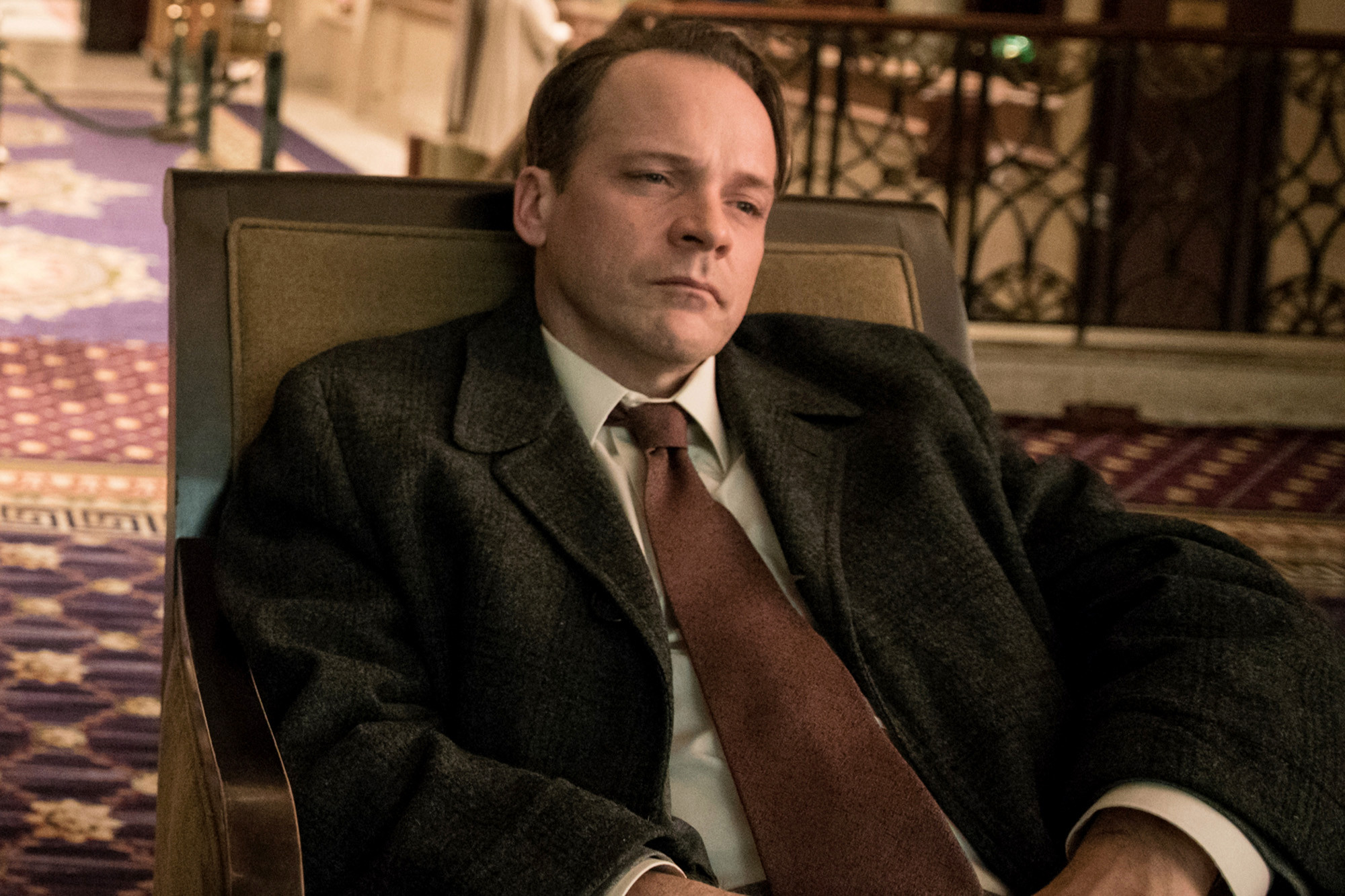The true story behind a CIA scientist’s mysterious death

In 1953, Frank Olson, a scientist working for the CIA, died when he fell from a 13th floor window of the Hotel Statler on Seventh Avenue in what was originally ruled a suicide.
The mysteries surrounding Olson’s death involve secret CIA experiments with LSD and mind control, and are the focus of “Wormwood,” a new docudrama premiering Friday on Netflix.
Created by true crime heavy-hitter Errol Morris (1988’s “The Thin Blue Line”), it’s being released simultaneously as a streaming miniseries and in select theaters (including the Metrograph on 7 Ludlow Street in Manhattan). “[True crime] is trying to have some certainty in a world in which so much is in flux,” says Morris, 69. “We live in a time where there’s such a glut of information. The Internet has provided this huge canvas of material. This question emerges: how do we separate truth from fiction? True crime asks, ‘Who did it? What happened?’ It may be the deepest set of questions you can ask about the world around you.”
‘MKUltra does interest me. It’s been implicated in so many things, from the assassination of JFK to the assassination of RFK to Charles Manson.’
“Wormwood” initially arose from Morris’ curiosity about MKUltra, the CIA mind control program which included the use of LSD on unwitting subjects, including Olson. “I’m not a conspiracy theorist,” Morris says. “But MKUltra does interest me. It’s been implicated in so many things, from the assassination of JFK to the assassination of RFK to Charles Manson. To add to its allure, the people running MKUltra destroyed almost all of the documents relating to it.”
Morris’ investigation eventually led him to Olson who, at the time of his death, was a bacteriologist and biological warfare scientist working for the CIA. Nine days before his fatal plunge, Olson’s supervisor spiked his drink with LSD. “I thought there was a lot to investigate,” Morris says. “I usually pick stories because I think there’s something there I don’t know that I possibly could find out. The most surprising [discovery I made while making ‘Wormwood’] was a story that was sold as a drug story turned out to be something much deeper about America.”
The initial police report pronounced Olson’s death a suicide, but lingering questions remained. In 1975, the Olson family received a “wrongful death” settlement and an apology from President Gerald Ford. “Wormwood” probes the events surrounding Olson’s fate and the government’s decades-long cover up, mixing archival footage with Morris’ interviewing people close to the case (including Olson’s son, Eric). The “drama” aspect depicts the final days of Olson’s life, with Peter Sarsgaard (“The Slap,” “The Killing”) tackling the role.
While true crime has become popular in recent years (“The Jinx,” “The Night Of,” “Making a Murderer,” “American Crime Story”), Morris is a pioneer in the genre; “The Thin Blue Line” helped exonerate an innocent man convicted of murder. He says he’s not surprised by people’s interest in true crime stories. “True crime, in some instances, talks about the failure of our institutions,” he says. “We’ve entered a landscape, seemingly, where our faith in the whole judicial system is in question.
“So maybe film is becoming the court of last resort.”
*** This article has been archived for your research. The original version from New York Post can be found here ***


